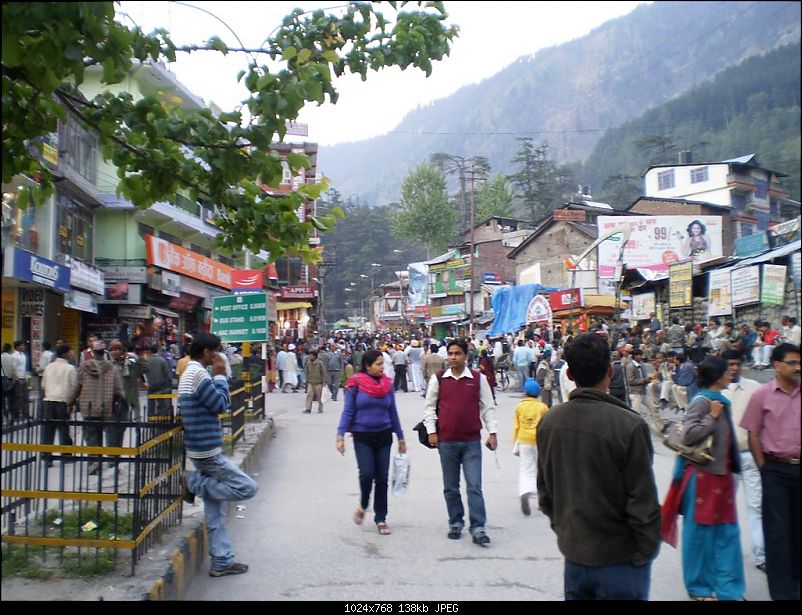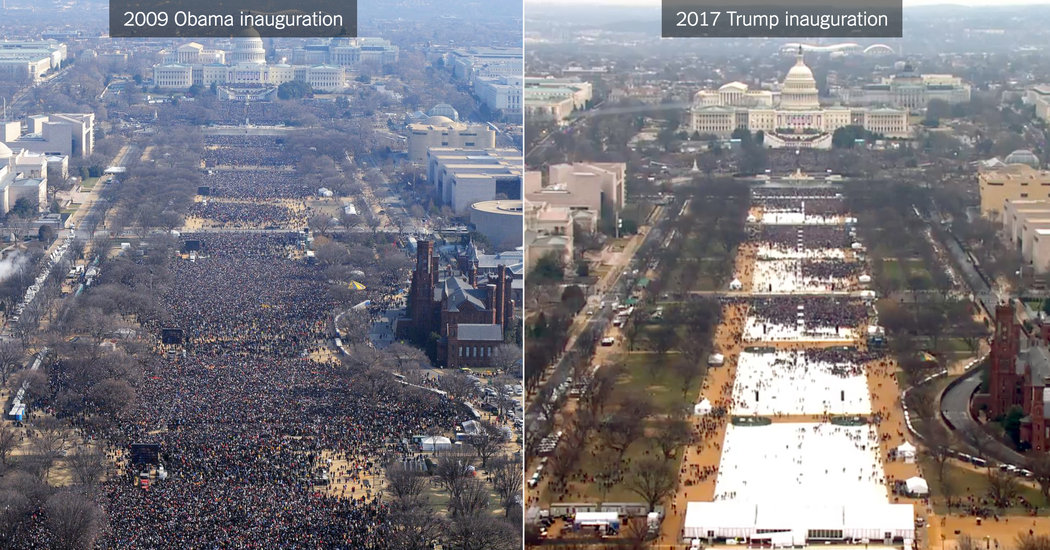
Thread: “Early cities in the Dawn of Everything: Shoddy scholarship in support of pedestrian conclusions.” Paper to appear soon in a special issue of Cliodynamics. This is a paper, not a book review. I’ll mainly use a bunch of quotes from my paper. #DawnOfEverything 1/13 

2/ “The book of full of errors of citation and argument, which suggests that authors are more interested in persuasion – pushing a set vision of the past – than in scholarly or scientific analysis and argumentation.”
3/ “This ‘pull-an-analogy-out-of-a-hat’ method is not a proper use of ethnographic analogy for archaeological interpretation.” See Alison Wylie’s works on how to do analogy in archaeology (or my paper: onlinedigeditions.com/publication/?i…
4/ Many interpretations are offered as bold new ideas that overturn convention wisdom, when in fact they are rather standard archaeological findings whose authors are simply not cited. “Why would they choose false novelty over rigor?” I have no idea.
5/ Their claim that population size doesn’t matter, that forms of organization that work in small groups can also work in big cities, is simply wrong. The causal force of population size and density is one of the most strongly supported empirical findings of urban research.
6/ I illustrate this with the demography of Burning Man, a festival based on anarchistic principles. Initial forms of organization only worked till the attendance hit 8,000 people in 1996, at which time the organizers were forced to initiate planning and enforcement. 

7/ “If one wants to establish a point that contradicts such overwhelming empirical and theoretical support, scholarly good practice demands that one acknowledge and respond to the findings of that literature.” They do not.
8/ The book is plagued by empty citations, or “references to works that do not contain any original data for the phenomenon under consideration. The works are cited merely to lend an aura of support for an argument, which in fact they contain no empirical support."
9/ See my paper on empty citations: onlinedigeditions.com/publication/?i…. The authorities for this practice are @AWHarzing (harzing.com/blog/2016/04/a…), and David Henige (utpjournals.press/doi/abs/10.313…).
10/ “The authors’ deficiencies in argumentation may help explain their disdain for the social sciences in general, and for quantitative research in particular.”
11/ “Perhaps these problems could have been avoided if Graeber and Wengrow had followed the common practice of first publishing their scholarly arguments in detail in peer-reviewed specialists works, and then writing a general-audience work that builds on that foundation.”
12/ “The authors claim they want to create ‘a new science of history’ (p24). That is certainly a laudable goal, but it would require a more rigorous use of logic, evidence, and argumentation that is evident in The Dawn of Everything.”
13/13 Please not that I am not saying that their views of Teotihuacan, the Trypillian sites, or other early cities are incorrect. They are simply not well supported according to normal standards of scholarship. And, some ideas (e.g., on the role of population) ARE incorrect.
• • •
Missing some Tweet in this thread? You can try to
force a refresh













